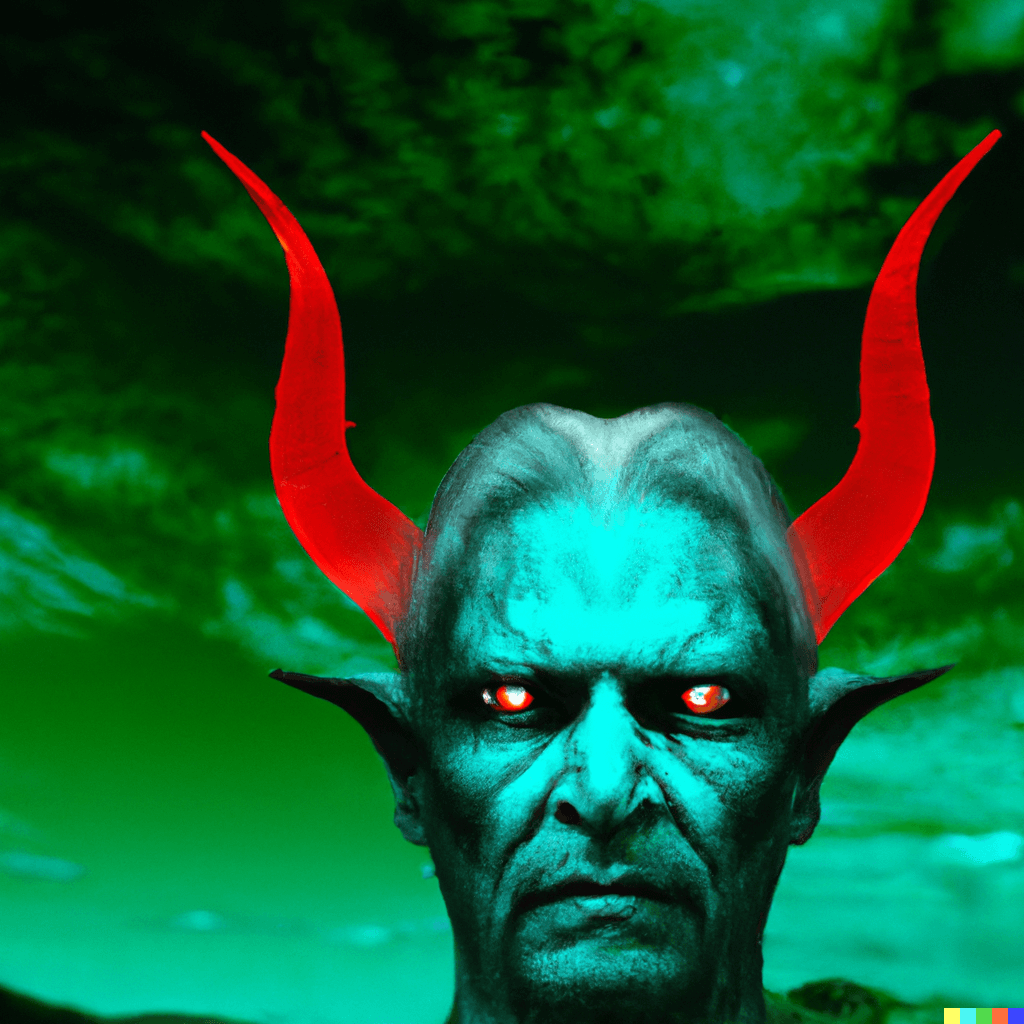Satan is a figure in many different religions and belief systems, and the specific characteristics and role of Satan vary widely depending on the tradition. In many Abrahamic religions (such as Christianity, Islam, and Judaism), Satan is often depicted as a fallen angel or demon who is opposed to God and seeks to undermine God’s plans and deceive humans. In some traditions, Satan is also seen as a tempter or adversary who tests the faith of believers.

In other belief systems, Satan is not always depicted as an evil or malevolent being. For example, in some Gnostic traditions, Satan is seen as a heroic figure who rebels against an oppressive and tyrannical god. In other traditions, Satan is not a distinct being at all, but rather a symbol of temptation or wrongdoing.

It is important to remember that the concept of Satan is highly complex and multifaceted, and there is no one “correct” way to understand or define it. Different belief systems and traditions offer their own unique perspectives on Satan and its role in the world.

In many Abrahamic religions, Satan is often depicted as the embodiment of evil and the primary adversary of God. In the Bible, Satan is depicted as a tempter and deceiver who tries to lead humans away from God and into sin. In the book of Revelation in the New Testament, Satan is described as “the dragon, that ancient serpent, who is called the Devil and Satan, the deceiver of the whole world” (Revelation 12:9).

Satan is often associated with temptation and the lure of sin, and is sometimes depicted as a tempter who seeks to lead humans astray. In the Bible, Satan tempts Jesus in the wilderness, and is also depicted as tempting Adam and Eve in the Garden of Eden. In some traditions, Satan is also seen as a prosecutor or accuser who tries to bring believers before God to be judged for their sins.

Despite its negative connotations, the concept of Satan has also been used in a more positive way in some traditions. For example, in some Gnostic traditions, Satan is seen as a heroic figure who rebels against an oppressive and tyrannical god. In other traditions, Satan is not a distinct being at all, but rather a symbol of temptation or wrongdoing.

It is important to remember that the concept of Satan is highly complex and multifaceted, and there is no one “correct” way to understand or define it. Different belief systems and traditions offer their own unique perspectives on Satan and its role in the world.

In addition to its appearance in various religious traditions, the figure of Satan has also been depicted in literature, art, and popular culture. In many works of fiction, Satan is portrayed as a malevolent being who seeks to cause harm or destruction. In some cases, Satan is depicted as a physical being with horns, wings, and a tail, while in other cases, it is portrayed as a more abstract or symbolic figure.

Despite its negative connotations, the figure of Satan has also been used in a more positive way in some works of fiction. For example, some writers and artists have used the figure of Satan to symbolize rebellion or nonconformity, or to challenge traditional notions of good and evil.

It is important to remember that the portrayal of Satan in literature, art, and popular culture does not necessarily reflect the beliefs or practices of any particular religion or belief system. The figure of Satan is a complex and multifaceted symbol that has been interpreted and used in many different ways throughout history.

In conclusion, the figure of Satan is a complex and multifaceted symbol that has been depicted in many different ways in various religious traditions and cultural contexts. In many Abrahamic religions, Satan is often portrayed as an evil being who is opposed to God and seeks to deceive humans. In other belief systems and traditions, however, Satan is not always depicted as an evil or malevolent being, and may be seen as a symbol of temptation, rebellion, or wrongdoing.

